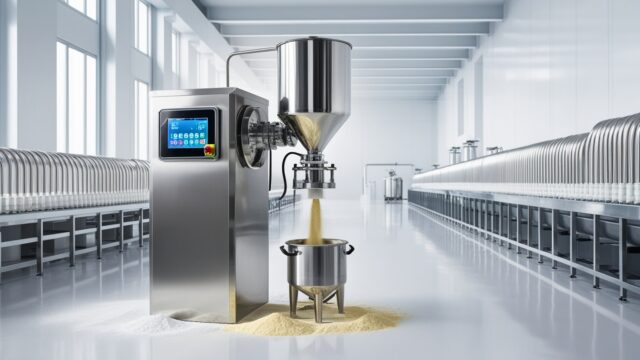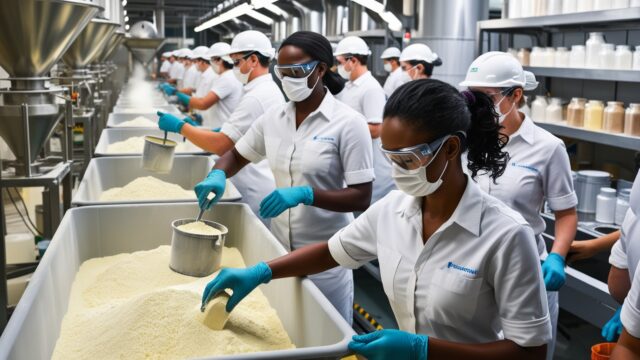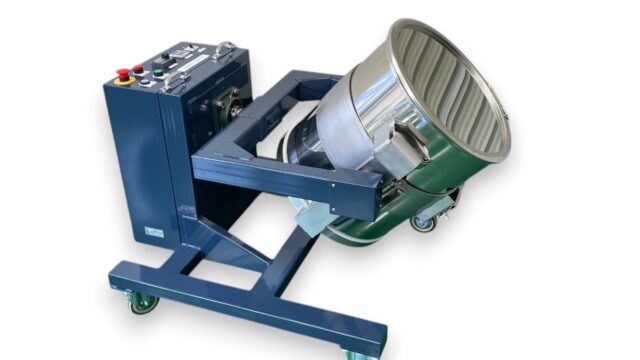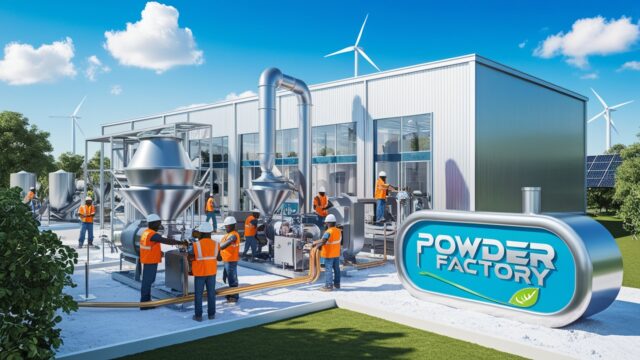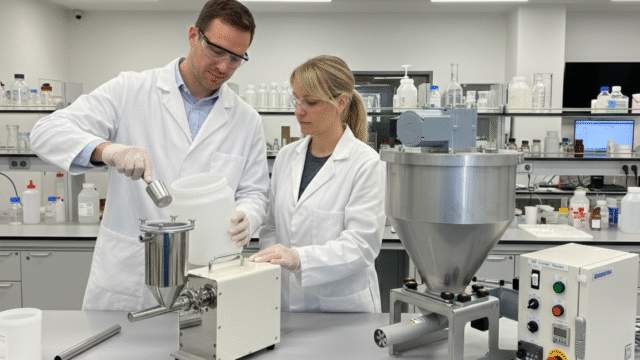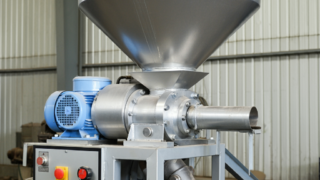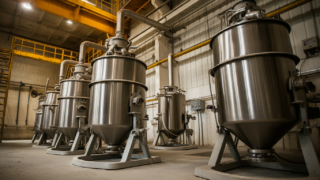1. Introduction
As decarbonization becomes a global challenge, the industrial sector is also being called upon to improve energy efficiency and adopt energy-saving designs. Screw feeders, used for supplying powdered and granular materials, can contribute to decarbonization through enhancements in energy efficiency. This article explores the environmental impact of energy-saving designs in screw feeders.
2. Importance of Energy-Saving Designs in Screw Feeders
Screw feeders are widely used in factories and manufacturing sites, but traditional models have been associated with significant energy consumption. In particular, areas with mass production often generate wasteful energy use, making improvement necessary. Energy-saving designed screw feeders enhance energy efficiency by minimizing unnecessary power consumption, leading to reductions in carbon emissions.
3. Specific Methods for Energy-Saving Designs
Several methods can be employed in energy-saving designs. First is the enhancement of motor efficiency. By using inverter control to optimize rotation speed, energy consumption can be reduced by supplying only the necessary power. Additionally, innovations in the shape and material of the screw itself can decrease friction, thus reducing the energy required for operation.
4. Environmental Impact of Improved Energy Efficiency
By making screw feeders more energy-efficient, the overall energy consumption of factories can be reduced. This directly contributes to the reduction of greenhouse gas emissions. In particular, in countries with active manufacturing industries in Europe, North America, and Asia, reducing energy consumption in factories is a crucial step towards decarbonization. The introduction of such energy-saving equipment not only mitigates environmental impact but also supports sustainable development for companies.
5. Case Studies of Screw Feeders
Some companies have already implemented energy-saving designed screw feeders and achieved significant results. For instance, in the chemical and food industries, screw feeders equipped with inverter control have reportedly reduced energy consumption by over 20%. Moreover, improvements in the precision of powder supply have minimized material waste, further contributing to environmental sustainability.
6. Challenges and Future Outlook
On the other hand, the cost associated with energy-saving screw feeders poses a challenge. This can be a burden, especially for small and medium-sized enterprises (SMEs). However, in the long term, the reduction of energy costs and avoidance of carbon taxes can allow for recovery of the initial investment. With advancements in technology expected to yield further energy-saving effects, increasing government subsidy programs will likely support the adoption of these systems.
7. Conclusion
Energy-saving designs in screw feeders not only enhance the energy efficiency of factories but also promote contributions to decarbonization. By reducing energy consumption, expectations for decreased greenhouse gas emissions and reduced environmental impact arise, underscoring the importance of developing and disseminating energy-saving technologies in the future. For companies, this represents a crucial step towards sustainable development.

